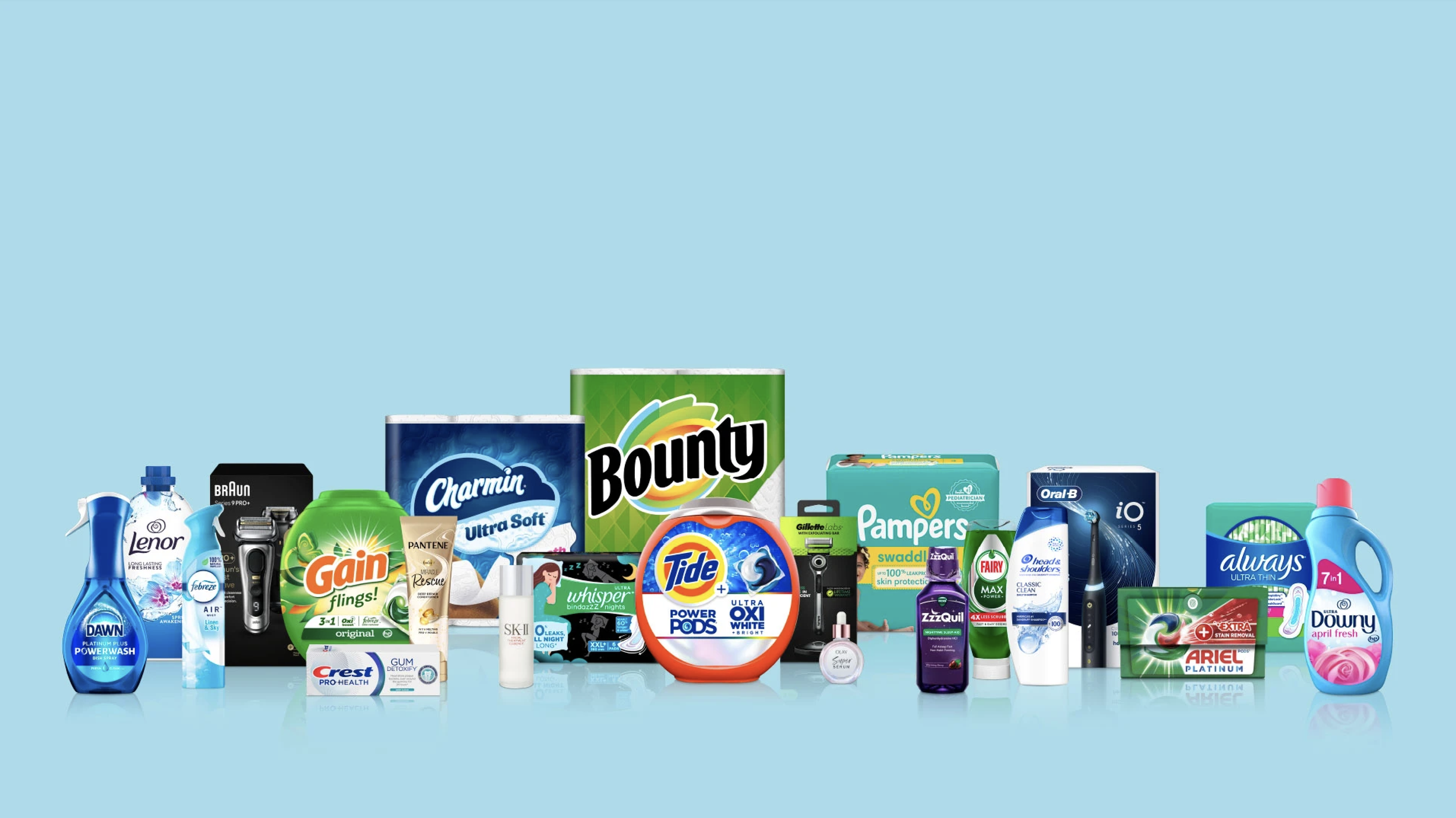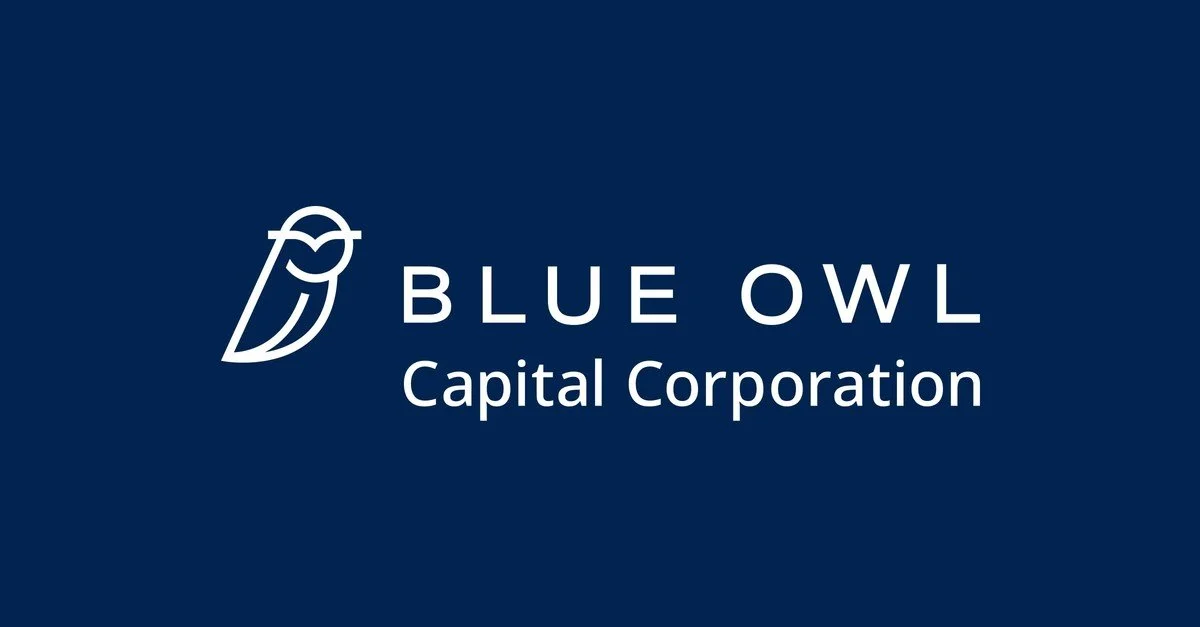PG | Q1 2026
The content provided on this website, including any communications, posts, videos, social media interactions, and other materials, is for informational and educational purposes only. It should not be considered as financial or investment advice. Read our full disclaimer here.
Links
Link to Transcript
Link to Presentation
Link to 10-Q
Overview
Non-GAAP EPS of $1.99 beats by $0.09.
Revenue of $22.39B (+3.0% Y/Y) beats by $220M.
KEY Takeaways
Organic sales rose 2%, core EPS increased 3% to $1.99, and free cash flow productivity came in at 102%.
The company returned $3.8 billion to shareholders in Q1 through dividends and buybacks.
Eight of ten categories grew or held organic sales, led by strong gains in Skin & Personal Care, while Fabric and Family Care were slightly lower.
Growth was broad but uneven across regions, with China up 5%, Latin America up 7%, North America up 1%, and Europe roughly flat.
Management is investing heavily in “superiority,” focusing on meaningful product upgrades like Tide’s biggest formula refresh in 20 years and the national rollout of Tide evo.
The two-year restructuring plan aims to generate up to $1.5 billion in savings and cut 7,000 non-manufacturing jobs while refocusing on higher-value categories and markets.
Full-year guidance remains unchanged, with organic sales and EPS both expected to be flat to up 4%.
Management remains focused on improving products, keeping costs in check, and investing through short-term challenges to sustain long-term growth.
NOTES
Proctor and Gamble (PG) kicked off fiscal 2026 with another steady quarter. Revenue was up 2% organically, with flat volumes and a one-point boost each from pricing and mix.
On the bottom line, core earnings per share came in at $1.99, up 3% from last year, and free cash flow productivity was a healthy 102%.
The company returned $3.8 billion to shareholders in Q1—$2.55 billion in dividends and $1.25 billion through buybacks—while margins held strong despite higher costs.
Eight out of ten categories grew or held organic sales, led by high-single-digit growth in Skin & Personal Care. Fabric Care and Family Care were the only real weak points, both down just a little bit.
Regionally, North America grew 1%, Europe was roughly flat, China was up 5% (thanks to double-digit gains from SK-II and Pampers), and Latin America rose 7% with growth across Mexico and Brazil.
Thankfully, management’s focus is on long-term brand health over short-term promotions. Rather than chasing discounts, P&G is doubling down on “superiority” and making its products noticeably better.
For example, Tide’s liquid detergent is getting its biggest upgrade in 20 years, and the new Tide evo format—no water, no plastic, and fully recyclable—is expanding beyond test markets after outperforming expectations.
In Baby Care, Pampers is being revitalized across the brand lineup—from Swaddlers and Cruisers to a revamp of the mid-tier Baby Dry line to compete more effectively in a higher promotional environment.
In China, local innovation is driving results. Premium body washes from Olay and Safeguard are converting consumers from basic to premium products, while SK-II is back to double-digit growth, driven in part by a rebound in travel retail.
Behind the scenes, P&G is pushing forward with a two-year restructuring to fund innovation and streamline operations. The plan aims to create up to $1.5 billion in cost savings, primarily through a “Supply Chain 3.0” overhaul and up to 7,000 non-manufacturing job reductions by fiscal 2027.
The company also plans to exit low-value or low-margin categories like laundry bars in India and the Philippines, streamline grooming devices, and narrow Olay’s footprint in Europe. The company also shifted Pakistan to a distributor model, part of a broader effort to “right-size” where it plays.
Full-year guidance is unchanged. Organic sales are expected to be flat to up 4%, and core EPS should be flat to up 4% ($6.83 to $7.09). With that, management expects a slower Q2 due to tough comparisons tied to last year’s port strikes, followed by stronger growth in the second half of the year.
Tariffs are also still a $500 million drag, but the hit is smaller than before thanks to new exemptions for raw materials that can’t be sourced in the U.S. Commodities are still a mild headwind as well, and capital spending will increase this year as the company adds capacity and funds restructuring costs.
In the Q&A segment of the call, management talked about the fact that competition in the U.S. is heating up, especially in Fabric Care and Baby Care, where heavy promotions have negatively impacted growth.
Their plan isn’t to out-discount rivals (which would dilute the brand) but to win through better products, better marketing, and stronger retail execution.
All in all, the playbook is the same for P&G: keep improving products, maintain cost discipline, and invest through the noise. If the company can keep executing on that game plan, continued growth should come with it.




Revenue of $1.88B (+4.4% Y/Y) beats by $10M. Non-GAAP EPS of $1.96 beats by $0.09.